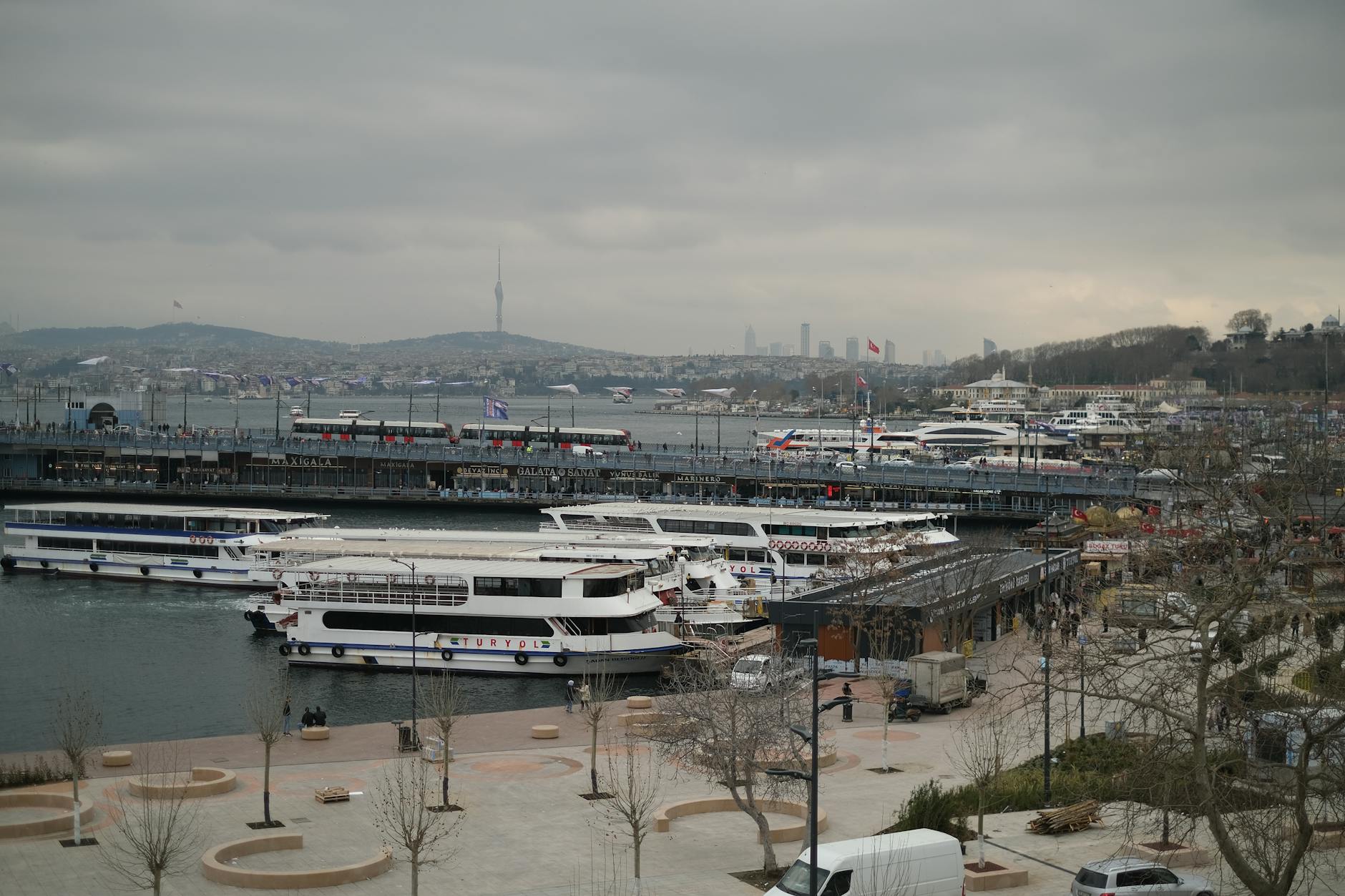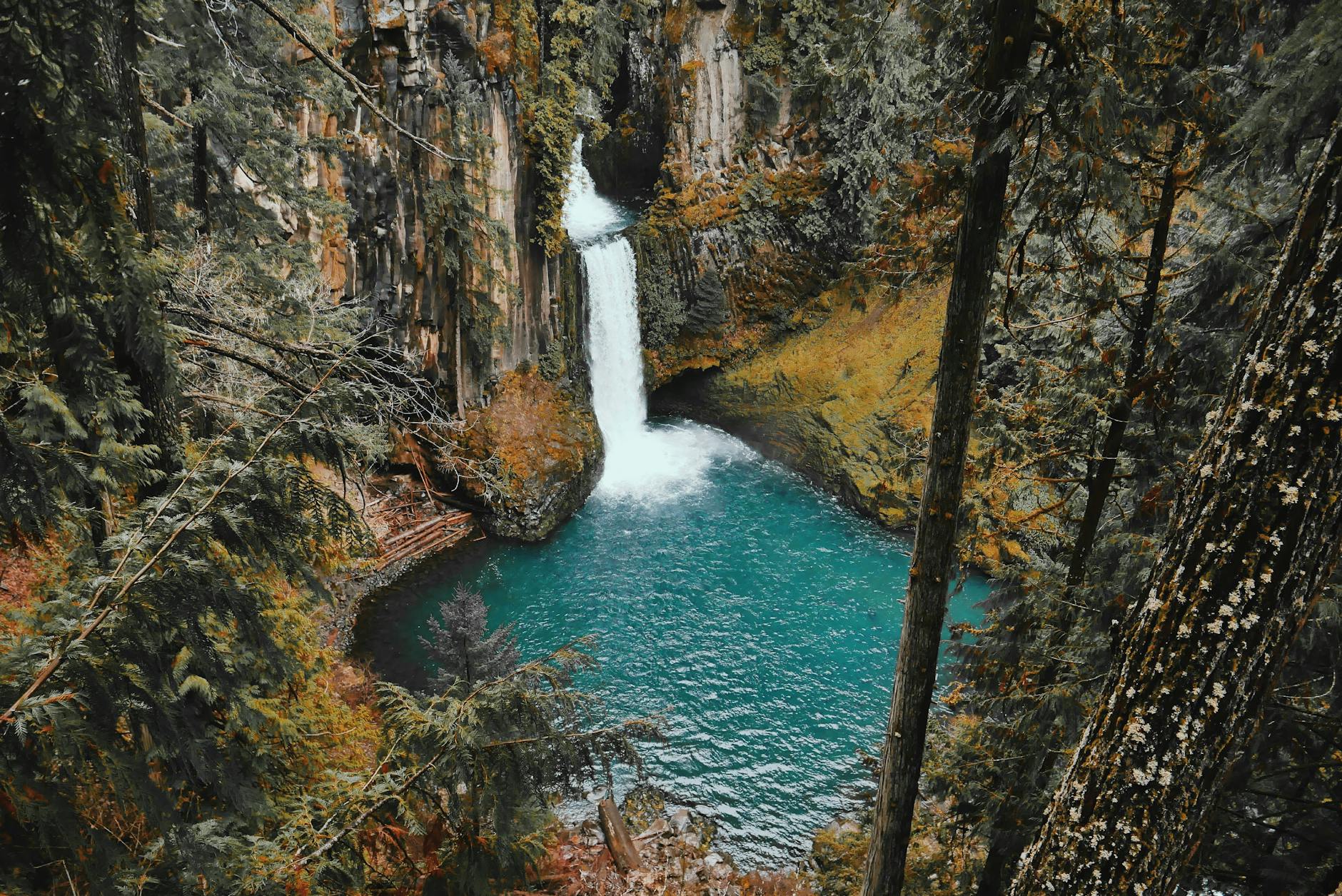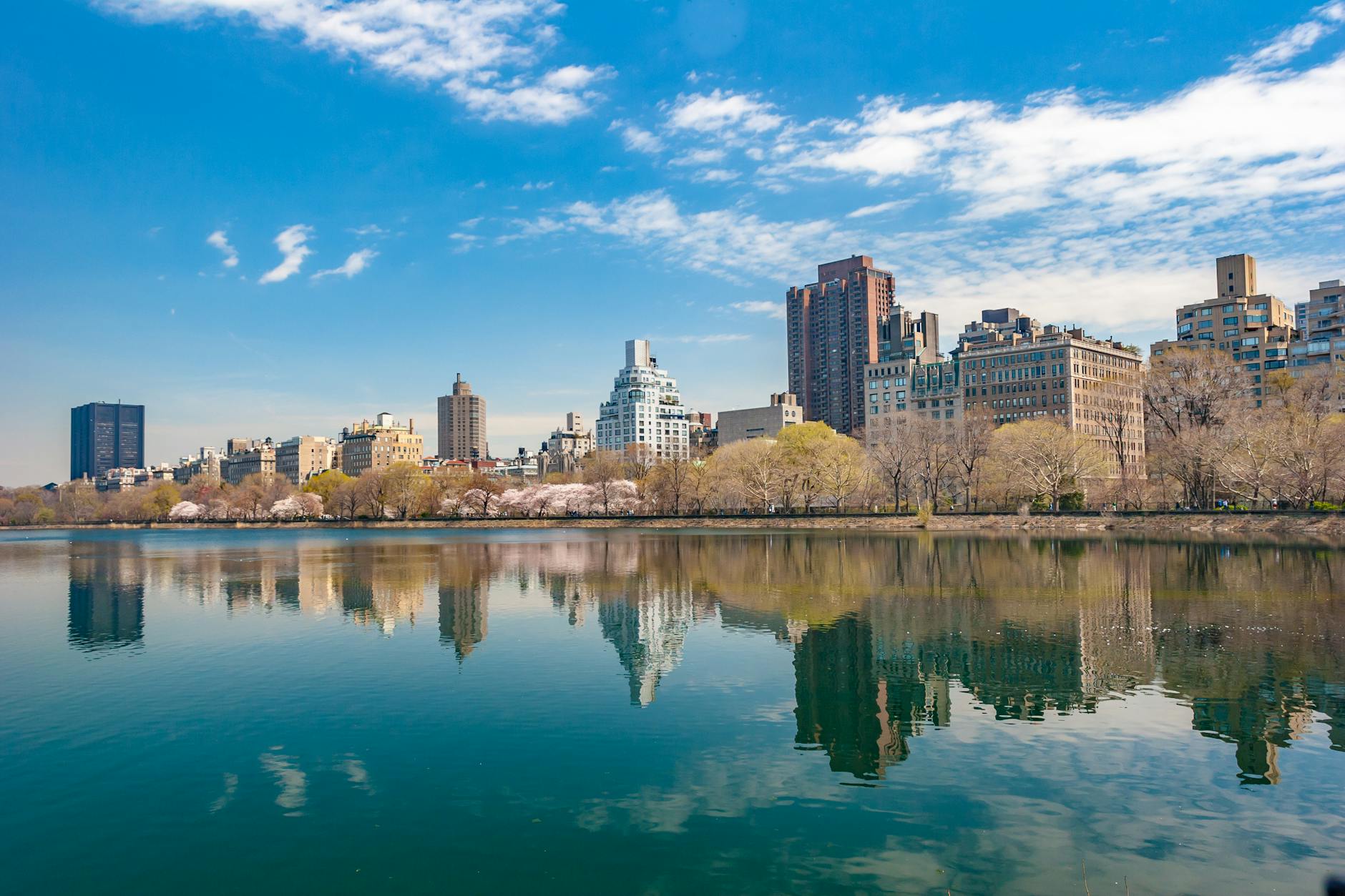What Can Australia Teach Us About Sustainable Travel and Conservation?

Australia's Unique Ecosystems
The lush tapestry of Australia’s ecosystems is unparalleled, offering a rich bounty for both research and eco-tourism. Our distinct environments, like the Royal Botanic Gardens Victoria, provide invaluable insights into biodiversity, with unique species adaptations informing conservation strategies globally. For instance, the Great Barrier Reef is a world-renowned marvel, and its status as a UNESCO World Heritage site underscores its immense ecological value. It's a vibrant habitat, harbouring thousands of marine species. Protection efforts here are crucial, serving as a blueprint for other fragile ecosystems worldwide.
Great Barrier Reef
Regarded as one of the most biologically diverse regions, the Great Barrier Reef is an ecosystem of vast significance. Bridging the gap between research and tourism, innovations in sustainable practices are ensuring minimal disruption to its marine life. Tours like those offered by galapagos cruise operate under stringent eco-friendly protocols. These measures are similar to practices used in the galapagos islands tours, which are designed to protect delicate ecosystems while educating tourists on the importance of conservation.
Daintree Rainforest
The Daintree Rainforest offers another glimpse into Australia’s natural heritage, boasting complex interconnections between flora and fauna. Researchers from the University of Melbourne’s School of Ecosystem and Forest Sciences have been pivotal in studying these interdependencies. Their work plays a key role in devising strategies to safeguard these ancient landscapes against threats like deforestation and climate change.
Ningaloo Coast
Moving to the Ningaloo Coast, a less trodden yet equally spectacular site, we find an area that invites inquiry into coastal and marine conservation. The Port Phillip Bay research initiatives highlight how community involvement can bolster conservation success, reflecting broader efforts throughout Australia. Engaging with these environments not only offers enrichment for tourists but also amplifies advocacy efforts in protecting our global natural assets.
Sustainable Tourism Practices
Eco-Lodging Innovations
In the heart of eco-tourism, Melbourne has emerged as a hub for eco-lodging innovations. Creating sustainable accommodation is not merely about reducing energy consumption but promoting a holistic environmental integration. The Royal Botanic Gardens Victoria stands as a beacon, incorporating eco-friendly materials and methods. These practices echo the need for sustainable tourism practices worldwide, providing travellers with more responsible options.
Renewable Energy Use
Photovoltaic and wind technologies are spearheading the charge towards renewable energy in tourism settings. Australia's shift towards solar energy has been noteworthy, with significant investments in solar farms to support eco-lodging innovations. Utilizing wind turbines for powering small lodges exemplifies how renewable resources can be harnessed. This not only conserves natural habitats but sets a precedent for international tourism initiatives.
Local Community Involvement
Local community involvement is central to sustainable tourism, fostering both economic and social benefits. Incorporating locals in eco-tourism creates a partnership that enriches both the community and the environment. Take patagonia tours for instance: by collaborating with indigenous communities, these tours highlight cultural heritage whilst promoting conservation. These collaborations are instrumental in preserving the delicate ecosystems that draw visitors in the first place. It's imperative that such models are replicated to ensure responsible and enriching travel experiences, further emphasizing cuba travel as an avenue for cultural exchange and environmental respect.
Conservation Success Stories
Marine Reserve Initiatives
Australia's coastal regions have seen significant eco-advancements, particularly within marine reserves designed to protect delicate habitats. The Great Barrier Reef Marine Park is one of the most notable successes, where advanced monitoring techniques and zoning plans have boosted coral health. According to research conducted by the University of Melbourne's School of Ecosystem and Forest Sciences, similar initiatives enhance biodiversity while maintaining ecological balance. Fish populations in these reserves have shown a marked recovery, indicative of the positive impact of conservation efforts. Insights like these underscore the necessity of continuous investment in marine protected areas, reflecting the broader objective of safeguarding our underwater treasures.
Land Restoration Projects
Australia's terrestrial ecosystems also shine with success stories, such as the regeneration of landscapes in degraded areas. Implementing indigenous land management techniques has led to habitat restoration in regions surrounding Victoria. Educational institutions, including the Royal Botanic Gardens Victoria, have played a crucial role in these endeavors. By incorporating traditional ecological knowledge with modern methods, these projects demonstrate how targeted land restoration fosters a resilient environment, resilient to external pressures like climate variation. Such partnerships offer promising models for restoring ecosystems worldwide.
Wildlife Protection Efforts
Wildlife conservation initiatives have seen fruitful outcomes in species like the Leadbeater's possum. Reforestation and habitat conservation efforts in Victoria have been pivotal in creating sanctuaries that support biodiversity. Guided by scientific monitoring and public education programs, these initiatives extend their impact beyond regional confines, providing blueprints for wildlife protection globally. The success illustrates how well-executed conservation plans can offer hope for species recovery and ecosystem sustainability. As we consider arctic cruises as avenues for eco-tourism, stories of positive intervention in fragile ecosystems inspire further exploration of sustainable travel practices.
Challenges in Conservation
Climate Change Impact
The demand for machu picchu tours significantly reflects the broader impact of climate change on global tourist destinations. Rising temperatures, unpredictable weather patterns, and shifting climatic zones threaten the fragile ecosystems that many such sites host. In Australia, for instance, Port Phillip Bay has experienced changes in sea temperature and salinity due to climate change, affecting the marine life and delicate ecosystems there. As a result, conservationists are focusing on adaptive strategies to strengthen these ecosystems against further damage.
Threats from Over-tourism
Over-tourism presents a formidable challenge to conservation efforts. High visitor numbers can lead to habitat degradation, pollution, and strain on local resources. Places like the Daintree Rainforest are not immune, experiencing pressure from the sheer volume of tourists eager to experience its unique biodiversity. Using data from various case studies, it's evident that managing visitor numbers and implementing strict environmental guidelines are crucial to mitigating these issues.
Balancing Development and Protection
While development is often essential for economic growth, it can be at odds with conservation goals. The challenge lies in striking a balance that safeguards habitats while accommodating human expansion. At the University of Melbourne's School of Ecosystem and Forest Sciences, research is ongoing to develop frameworks that marry economic development with environmental preservation. It's a balancing act, requiring rigorous planning and commitment to both sustainable practices and conservation objectives.
Actionable Steps for Travelers
Minimize Environmental Impact
When visiting Australia's pristine environments, it's crucial to consciously reduce our carbon footprint. Consider favoring public transport or carpooling when exploring the likes of Port Phillip Bay, which is a testament to marine biodiversity. Half of Melbourne's carbon emissions are attributed to transportation, reinforcing the importance of sustainable travel. Opt for eco-friendly accommodations that utilize renewable energy sources and adhere to waste reduction practices. Furthermore, engaging in reef-safe options, like the use of mineral-based sunscreens when visiting locations such as the Great Barrier Reef, dramatically reduces harmful impacts on marine life.
Foster Local Communities
Being a mindful traveller goes beyond enjoying scenic vistas; it's about contributing to the sustainability of local economies. Engage with Indigenous Australian communities to learn about their ancient connections to the land. By purchasing locally-made products and dining at small, family-owned restaurants, we play a role in sustaining economic independence. The Royal Botanic Gardens Victoria offers an exemplary model by hosting programs that spotlight Indigenous plant knowledge, marrying education with environmental stewardship.
Engage in Responsible Wildlife Interaction
Australians have a profound respect for their unique wildlife, which should guide our interactions with them. Avoid attractions that exploit animals; instead, look for ethical tours focusing on conservation, such as those led by the University of Melbourne's School of Ecosystem and Forest Sciences. These educational programs allow us to appreciate wildlife within their natural habitats, ensuring we leave minimal disturbance. An emphasis on responsible interaction not only protects species but also safeguards their ecosystems, aligning with conservation efforts to create a sustainable future.


